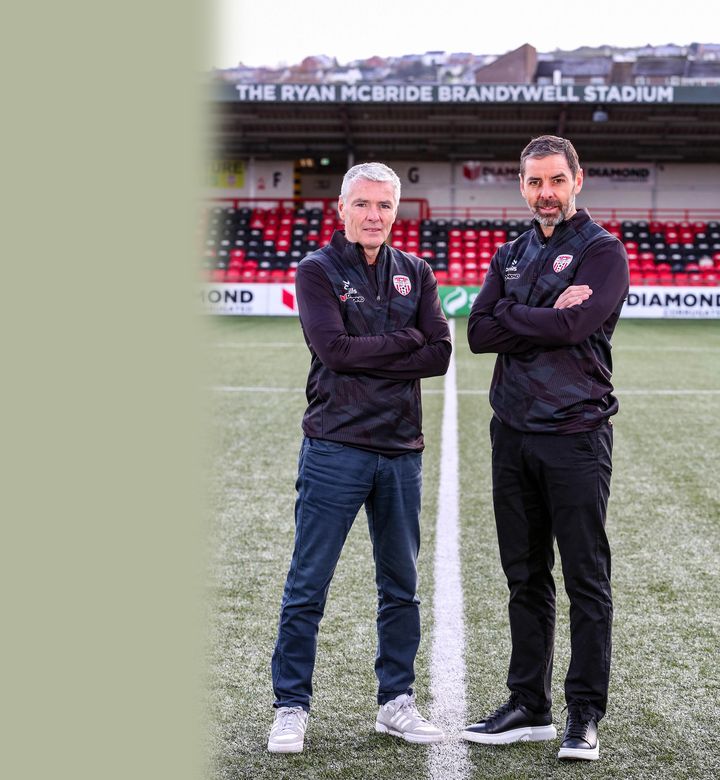
Proposals to redraw school catchment areas and cut admission numbers have been roundly rejected by people responding to a Brighton and Hove City Council survey. The results were published two weeks before the council’s cabinet is due to discuss what to do as pupil numbers fall. The council has been trying to reduce the number of surplus reception class places at primary schools since 2019.
And from September 2026, secondary school admissions are expected to start falling too. The survey set out three broad proposals and a series of questions – and more than 2,400 responded over three weeks last month. Now, the council has published the survey results.
Option A proposed changing the six current catchments. Option B proposed four catchment areas instead of six. And option C had eight catchments, one for each secondary school.
For option A, 30.5 per cent of the 2,440 people who responded (744) strongly disagreed, 9.6 per cent (23) disagreed, 16.
3 per cent (398) neither disagreed or agreed, 20 per cent (489) agreed and 23.5 per cent (574) strongly agreed. For option B, 55.
1 per cent (1,345) strongly disagreed, 8.1 per cent (197) disagreed, 9.5 per cent (231) neither disagreed or agreed, 10.
3 per cent (252) agreed, and 17 per cent (415) strongly agreed. For option C 50.2 per cent (1,225) strongly disagreed, 15.
6 per cent (380) disagreed, 16.1 per cent (393) neither disagreed or agreed, 10.8 per cent (262) agreed and 7.
3 per cent (178) strongly agreed. The council also proposed cutting 345 places in year seven classrooms – from 2,560 to 2,215 – by September 2030. The suggestions involve cutting 90 places a year from the annual intake at both Blatchington Mill and Longhill, 60 places at both Dorothy Stringer and Varndean and 45 places at Patcham High.
There were 1,981 responses to the question “do you think that larger schools should reduce in size to create a more balanced school offer”. Of these 53 per cent (1,294) said no, 28.2 per cent (687) said yes and 18.
8 per cent (459) did not respond. The survey said: “There are disparities between schools in different areas of the city. Do you think that we should maintain thriving and sustainable schools in all areas of the city?” Of 1,985 responses, 1,645 said yes and 340 said no.
The survey also asked: “The council believes all of our children have the right to the same education and standards. Do you agree on a system that supports all children to achieve and thrive?” Of 1,989 responses, 1,710 said yes and 279 said no. An analysis of the community engagement, which ran from Wednesday 2 October to Wednesday 23 October, found that there was a preference for improving existing schools rather than redistributing students.
The summary of feedback from the in-person and online meetings and from the survey said: “Respondents called for direct investment in under-performing schools through enhanced funding, improved leadership, better resources and strengthened teaching capacity. “Many expressed scepticism about whether moving students between schools would address underlying educational challenges, highlighting the need to tackle root causes of under-performance. “Questions were raised about how improvement would be measured and monitored, with calls for clear metrics and regular progress updates.
” Participants objected to reducing the size of well-performing schools. Community cohesion and student wellbeing were among the strongest concerns. The summary said: “Respondents emphasised how schools contribute to neighbourhood identity and social cohesion, expressing strong concerns about proposals that might fragment established communities.
“The potential splitting of primary school friendship groups was a particular worry, with many highlighting the value of children being able to walk to school with friends and neighbours. “Specific areas including Fiveways, Port Hall and Prestonville expressed strong concerns about community division. “Family impacts were highlighted, particularly regarding sibling separation and the practical challenges for working parents, especially single-parent families.
” Transport also dominated the discussion, with people concerned about longer bus journeys – potentially up to two hours a day for some students, with several bus changes. The summary said: “The safety implications of young children travelling long distances, particularly during winter months, were frequently highlighted. “Environmental impacts featured prominently, with worries about increased traffic pollution and carbon footprint and, in particular, specific routes (such as those between central Brighton and Longhill or from Whitehawk to Rottingdean) received particular criticism.
READ MORE: Brighton and Hove's school reorganisation concern “The cost burden on families, especially those not eligible for free school meals, was emphasised and many respondents highlighted how extended travel times could affect children’s academic performance, participation in extra-curricular activities, mental wellbeing, punctuality and attendance.” A report to the council’s cabinet is expected to set out refined proposals for dealing with secondary school admissions for September 2026 in light of the survey. The report is due to be published on Wednesday, November 27.
The cabinet is due to meet at 5pm on Thursday, December 5..













